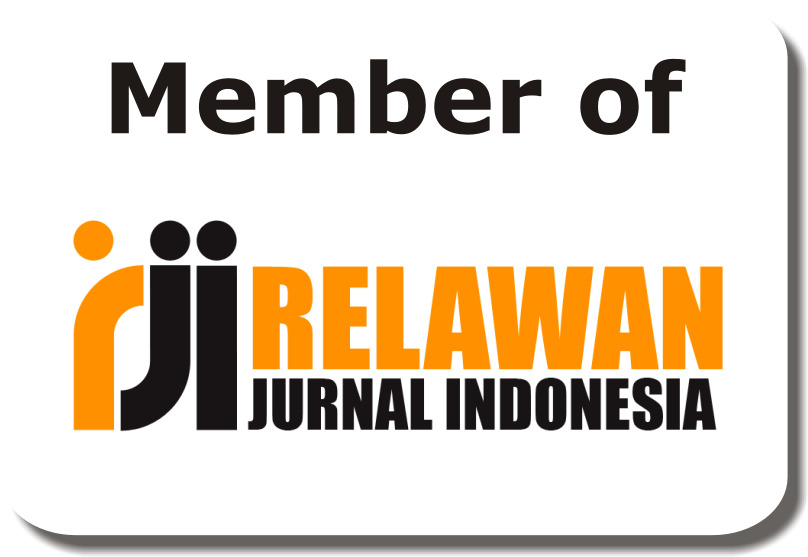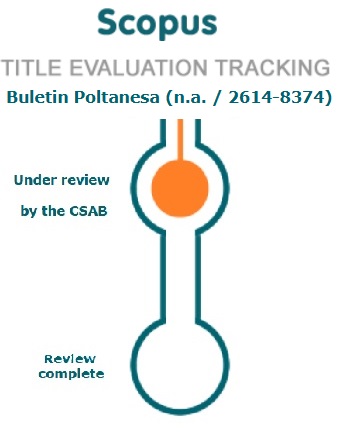Bridging the Gap through Investigation of the Impact of Inclusive Education Practices on Student Integration and Academic Outcomes in Vocational High Schools in Jayapura
DOI:
https://doi.org/10.51967/tanesa.v26i1.3295Keywords:
Inclusive Education, Social Integration, Academic Outcomes, Vocational High School, Special Needs, Equitable Education, Education PolicyAbstract
This study aims to bridge the gap in the education system in Vocational High Schools (SMK) in Jayapura City by investigating the impact of inclusive education practices on student integration and academic outcomes. Inclusive education, which emphasizes acceptance of student diversity and differences, plays an important role in improving the quality of education and creating a more equitable environment for all students, including those with special needs. This study uses a quantitative approach with a survey method to collect data from students, teachers, and schools regarding the implementation of inclusive education and its impact on students' social integration and academic achievement. The results show that inclusive education practices have a positive influence in improving social integration among students and can contribute to improving students' academic outcomes in SMK in Jayapura City. These findings provide important insights for education policymakers in their efforts to improve the quality and equity of education at the vocational high school level
References
Aftab, M. J., Amjad, F., & Chaudhry, H. (2024). Inclusive education: Strategies for successful inclusion of students with disabilities in mainstream classrooms. Academy of Education and Social Sciences Review, 4(3), 439-453. https://doi.org/10.48112/aessr.v4i3.824
Agustyawati & Solicha. (2009). Psikologi Pendidikan Anak Berkebutuhan Khusus. Jakarta: Lembaga Penelitian UIN.
Bintang, N. K., Juliani, H., & Gusmaneli. (2024). Penerapan strategi pembelajaran inklusif di madrasah atau di sekolah. Mutiara: Jurnal Penelitian dan Karya Ilmiah, 2(3), 1-16. https://doi.org/10.59059/mutiara.v2i2.1182
Dewi, W. P., Sudadio, & Fadlullah. (2024). The implementation of inclusive education in school providing inclusive education. Fundamental Journal of Management and Research, 3(7). https://doi.org/10.55927/fjmr.v3i7.10295
Ferreira, B., Radeck, E., & Meurer, L. I. P. (2024). Estratégias de integração de estudantes com deficiência em uma escola regular. Revista Educação Especial, 5(5), 105-119. https://doi.org/10.2675-7451
Hussain, A., & Begum, F. (2024). Comprehensive education: Children with special needs. Preprints.org. https://doi.org/10.20944/preprints202411.0186
Kaur, R., & Salian, R. H. (2024). Teacher perspectives and barriers in implementing inclusive education for Indian children with special needs: A pilot study. British Journal of Special Education, 51(4). https://doi.org/10.1111/1467-8578.12558
Kementerian Pendidikan Nasional. (2009). Peraturan Menteri Pendidikan Nasional No. 70 Tahun 2009 tentang Pendidikan Inklusif. Jakarta: Kementerian Pendidikan Nasional. https://peraturan.bpk.go.id/Home/Details/140629/permendiknas-no-70-tahun-2009
Kunwar, R., & Adhikari, S. (2024). An exploration of the conceptualization, guiding principles, and theoretical perspectives of inclusive curriculum. Journal of Education and Research, 5(1). https://doi.org/10.55214/26410249.v5i1.217
Medeiros, M. M. A., & Oliveira, W. W. C. (2024). Educação especial e inclusiva: O papel da escola no acolhimento dos alunos com necessidades especiais. Revista Educação Especial, 5(6), 117-130. https://doi.org/10.2675-7451
Mhd Fauzy, S. I. F., & Hosshan, H. (2024). Implementation of Universal Design for Learning in Inclusive Education: A Scoping Review in Countries. Asian Journal of Research in Education and Social Sciences, 6(2). https://doi.org/10.55057/ajress.2024.6.2.67
Nasution, A. K. P. (2017). Implementasi pendidikan inklusif di PAUD dan Taman Kanak-Kanak: Studi peningkatan hasil belajar anak berkebutuhan khusus. Jurnal Pendidikan Anak Usia Dini, 4(2), 123–135.
Republik Indonesia. (2003). Undang-Undang No. 20 Tahun 2003 tentang Sistem Pendidikan Nasional. Jakarta: Kementerian Sekretariat Negara. https://peraturan.bpk.go.id/Home/Details/43920/uu-no-20-tahun-2003
Shaffeei, K., Shafie, N. S. M., Hossan, H., Othman, M. S., & Pratama, H. (2025). Design for the development of a comdyslexic model of inclusive education for dyslexic students. Multidisciplinary Science Journal, 7(1). https://doi.org/10.31893/multiscience.2025041
Suci, R. (2012). Pedoman Umum Inklusif. Jakarta: PT Adi Jaya
Suryadi, I. (2023). Pendidikan inklusif di Sekolah Luar Biasa (SLB): Implementasi dan dampaknya terhadap hasil akademik siswa ABK. Jurnal Pendidikan Khusus, 5(2), 89–102.
UNESCO. (1994). The Salamanca Statement and Framework for Action on Special Needs Education. Paris: UNESCO. https://unesdoc.unesco.org/ark:/48223/pf0000098427
Ummah, A. (2024). Perencanaan dan aktualisasi kurikulum di sekolah berbasis inklusi. Jurnal Edu Saintek, 11(4). https://doi.org/10.47668/edusaintek.v11i4.1453
Yunitasarid, S. E., dkk. (2023). Tantangan dan peluang pendidikan inklusif di sekolah PAUD dan TK: Perspektif guru dan orang tua. Jurnal Pendidikan Anak Usia Dini, 6(1), 45–58. research: Implications for college students. Journal of Postsecondary Education and Disability, 31(1): 24-58. https://www.ahead.org/professional-resources/publications/jped/archived-jped/jped-volume-31
Downloads
Published
How to Cite
Issue
Section
License
Copyright (c) 2025 Buletin Poltanesa

This work is licensed under a Creative Commons Attribution-ShareAlike 4.0 International License.
The copyright of this article is transferred to Buletin Poltanesa and Politeknik Pertanian Negeri Samarinda, when the article is accepted for publication. the authors transfer all and all rights into and to paper including but not limited to all copyrights in the Buletin Poltanesa. The author represents and warrants that the original is the original and that he/she is the author of this paper unless the material is clearly identified as the original source, with notification of the permission of the copyright owner if necessary.
A Copyright permission is obtained for material published elsewhere and who require permission for this reproduction. Furthermore, I / We hereby transfer the unlimited publication rights of the above paper to Poltanesa. Copyright transfer includes exclusive rights to reproduce and distribute articles, including reprints, translations, photographic reproductions, microforms, electronic forms (offline, online), or other similar reproductions.
The author's mark is appropriate for and accepts responsibility for releasing this material on behalf of any and all coauthor. This Agreement shall be signed by at least one author who has obtained the consent of the co-author (s) if applicable. After the submission of this agreement is signed by the author concerned, the amendment of the author or in the order of the author listed shall not be accepted.








